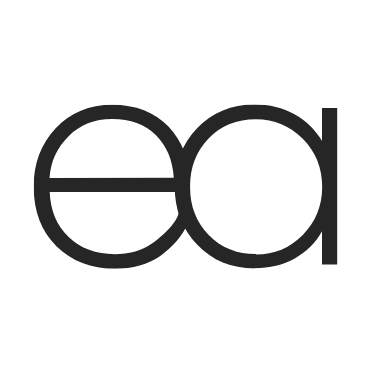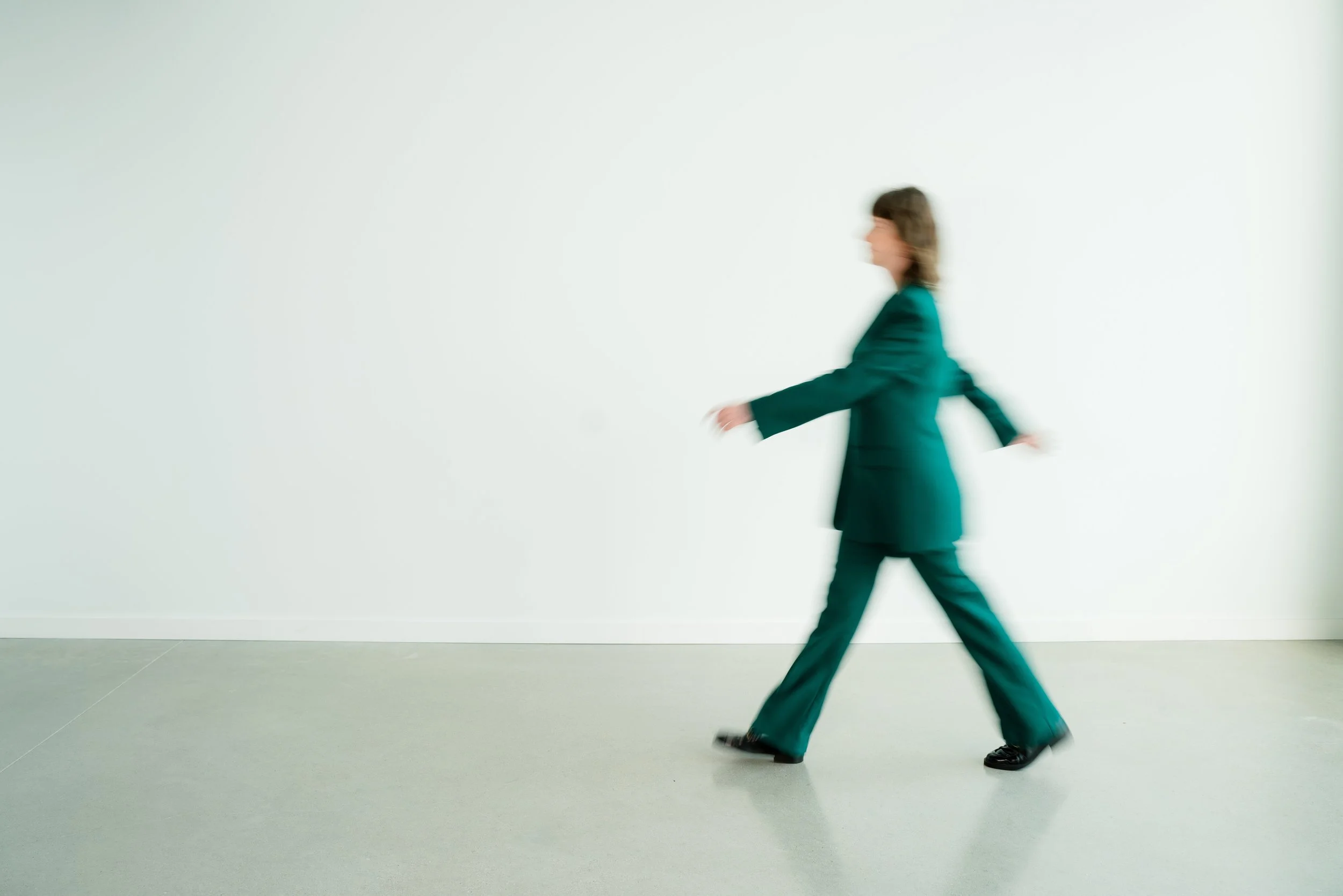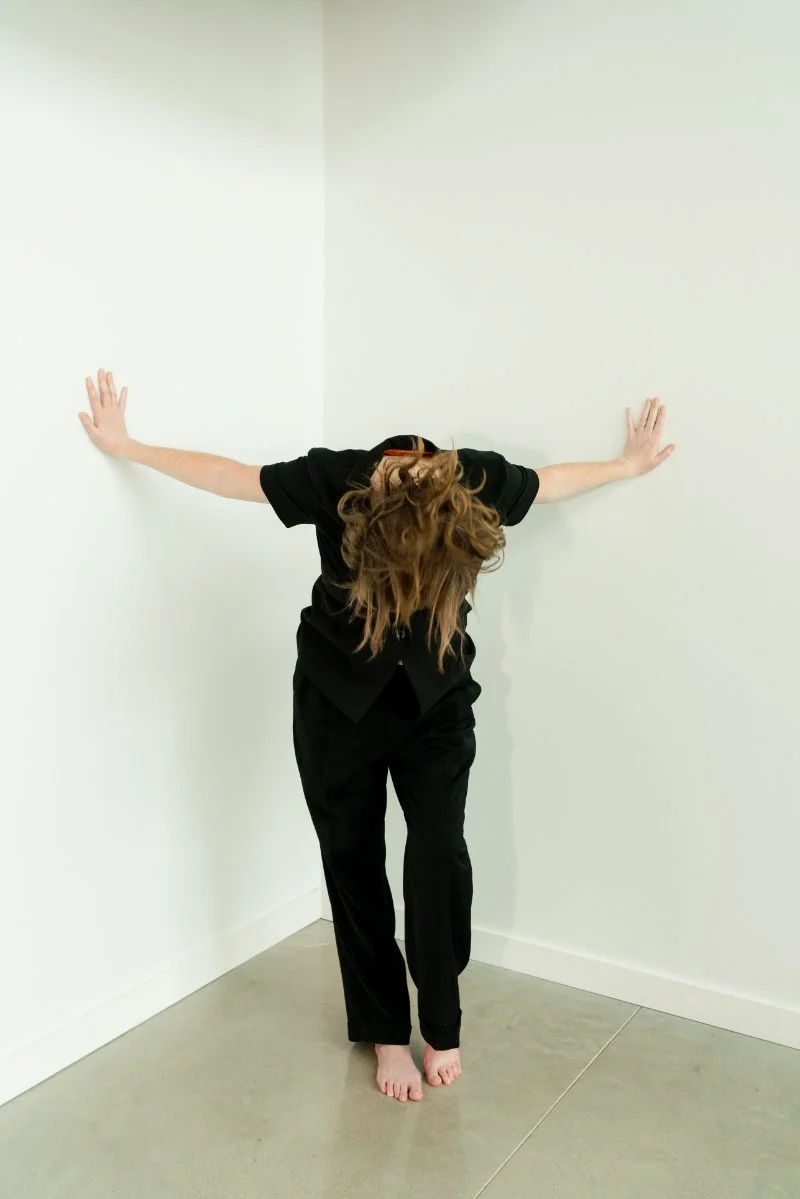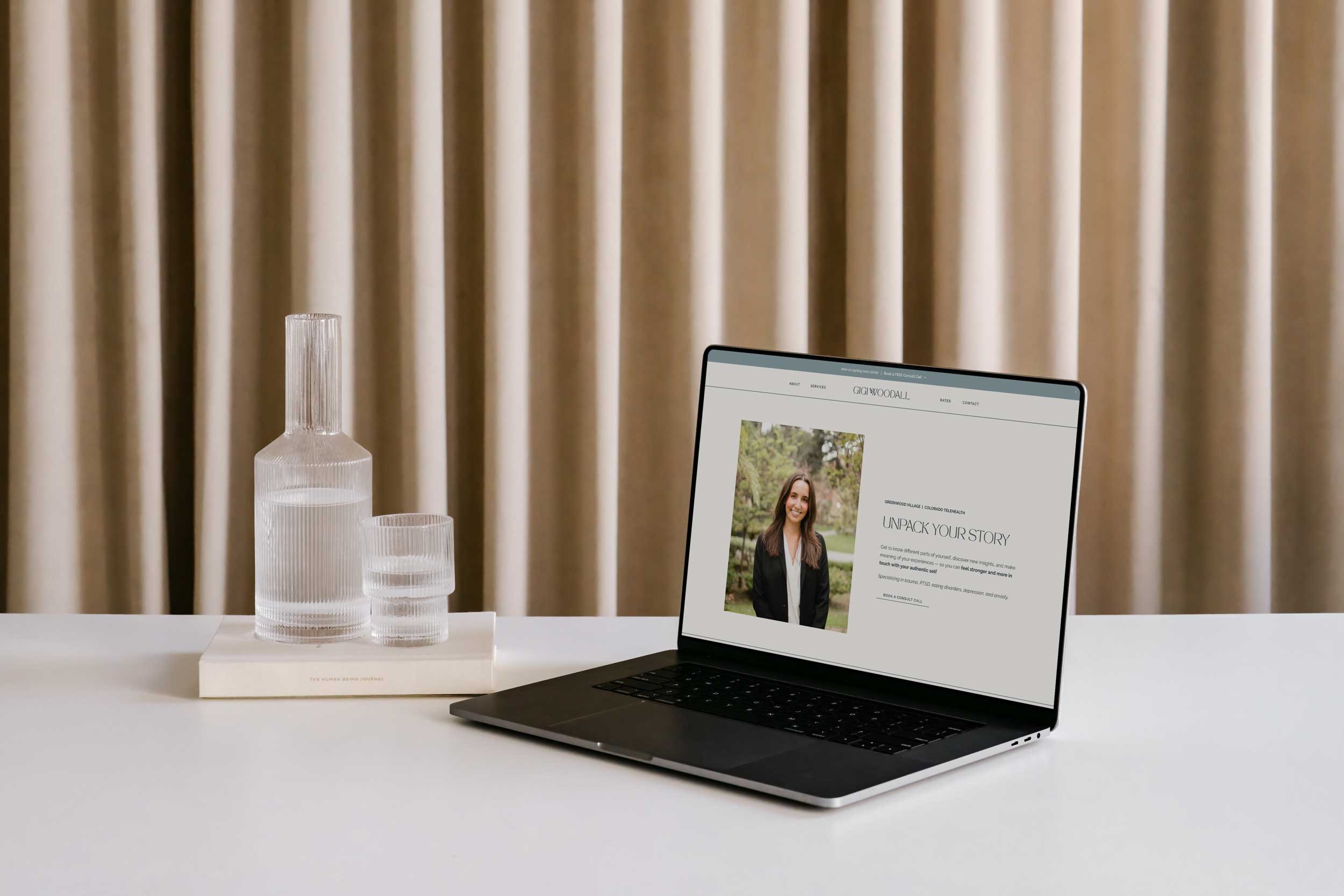How Many Brand Photos Do You Actually Need for Your Therapy Website?
Most therapists know they need brand photos. But when it comes to how many and what kind, things get murky fast. You book a photographer, block out your afternoon, and then think—wait... do I need 50 photos? Is 10 enough? Should I be holding a coffee mug in every shot? (Please no.)
Let me stop you right there. You don’t need a massive gallery of images. You just need the right ones. Whether you're hiring a pro or planning a DIY shoot, this post will walk you through what photos are actually useful for your site—and how to get the most out of your time behind the camera.
Quantity Isn’t Everything
If you hand me 50 professional photos and they’re all close-up headshots of you looking straight at the camera in the same outfit—that’s not variety. That’s basically one image repeated 50 times.
What I really need, as your designer, is a mix of styles of photos. Not just in how you’re posed, but in the distance, background, lighting, props, setting, and mood. Variety is what lets your website tell a story—and what makes you feel like a real person to your site visitors.
You might only use 5–10 photos on your homepage. But if those 5–10 are all thoughtfully composed, versatile, and different from one another? You’re golden.
The Photos I Actually Use on Your Therapy Site
For most one-page therapy websites I design, here’s where photos usually show up:
Hero section (your big intro up top)
Mini bio section (always a headshot)
Services section (can include action shots or office details)
Footer (usually a visual anchor or soft vibe photo)
Depending on how we design these, your homepage might use as few as 5 or as many as 10 photos. Sites with big sweeping banner images may only need 1 strong horizontal image for the top. Others might call for 2–3 smaller, varied images to create a mood.
The hero image is especially important. It's the first thing people see when they land on your site. That photo should immediately communicate something about your presence—ideally a sense of safety, trust, and warmth. The actual feeling depends on your personality and brand style, but some key ingredients tend to hold true: good lighting, a clean and uncluttered background, and a natural expression. If you're in the photo, eye contact and a genuine, relaxed smile (or soft, open demeanor) go a long way toward helping potential clients feel connected—without even reading a word.
Your Minimum Shot List
If you only walk away with 7 photos from your brand shoot, make them these:
1 professional headshot — friendly, clear, natural expression
1 personality shot — you laughing, sipping coffee, doing something that feels like you
2 working shots — could be hands writing notes, back of your head, or you in session (no client visible)
3 space/detail shots — empty chair, stack of books, lit candle, favorite mug, a plant, or therapy tools
The goal here is to create a 360-degree view of what it’s like to work with you. Your face matters. But so does the environment you create and the way you show up in it.
What If You Don’t Love Your Therapy Office?
Let’s be real: not every therapist has a Pinterest-perfect office. If you’re subletting, sharing space, or just not in love with your setup, don’t panic.
You can always:
Rent a shoot location and style it like your dream office
Bring in items you actually use: books you recommend, your favorite tea, a cozy chair throw
Focus on warmth, texture, and personality more than fancy furniture
Just make sure the space reflects your vibe. And if it doesn’t? Let me help you supplement with stock photography.
And here’s the thing—these photos aren’t just visual filler. They’re part of the story. Detail and space shots help your website visitor imagine themselves in the experience. A lit candle might literally be part of your session setup—or it might be metaphor, signaling a sense of calm and spaciousness. These small, intentional choices set the emotional tone for your whole site.
One High-Quality Headshot Is Enough (If That’s All You Can Do)
I’ll work with what you’ve got. If your budget only allows for one new photo, that’s okay. Make it a strong, high-resolution headshot. I can build the rest of the site with supportive stock images—not ideal, but totally doable.
If you later decide to get new brand photos, you can always book a VIP Day with me to update everything.
Want Banner Images? Read This First
If you love websites with big, full-width images at the top, make sure to:
Ask your photographer for high-resolution horizontal shots
Be positioned off-center, ideally in one third of the image so we can add text beside you without covering your face
Otherwise we have to crop or layer text awkwardly—and no one wants that.
Brand vs. Headshot Photographer
This deserves its own post, but here’s the quick version:
Headshot photographers are great for corporate-style portraits: straight-on, clean background, professional look.
Brand photographers help you create a visual story with a mix of scenes, props, and moments that show your vibe.
You don’t want your site to look like a LinkedIn profile. You want it to feel human. Warm. Like someone your client can actually imagine opening up to.
The personality photo plays a big role here. A good one captures something true about you. If you're generally expressive and warm, then a shot of you mid-laugh might be the perfect fit. If you're more introspective, maybe it's a thoughtful moment by the window. The worst personality shots are the ones that feel forced or staged—like you're "performing" friendliness instead of simply being yourself. The goal is authenticity, not perfection.
If We Work Together
If you book a one-page website with me, I’m happy to:
Weigh in on your outfit or location choices
Coordinate with your photographer (if you want)
Help you choose the most usable photos once your gallery is ready
I want you to feel confident going into your shoot—and excited to see how it all comes together on your site.
Still feeling unsure? Stay tuned for my full brand photo guide (coming soon) or book a one-page website with me and get support built in. You don’t have to do this alone.





























